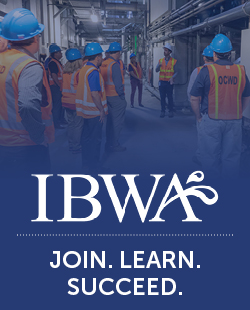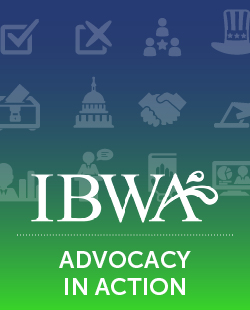Labeling & Source Information
Labeling & Source Information
Bottled Water Information Provided to Consumers
IBWA supports a consumer’s right to clear, accurate, and comprehensive information about the bottled water products they purchase.
All packaged foods and beverage products, including bottled water, have extensive labeling requirements, including a statement of the type of water that is in the container, compliance with the applicable definitions in the U.S. Food and Drug Administration (FDA) Standards of Identity, ingredient labeling, name and place of business of the manufacturer, packer or distributor, net weight, and, if required, nutrition labeling.
In addition, almost all bottled water products also have a phone number and/or website address on the label. This contact information allows consumers to get any additional information that they may want that might not already be on the label. This might include the source, treatment, and quality information. IBWA’s website also has a searchable tool listing IBWA member company bottled water brands.
FDA Requirements are Different From EPA’s
Disclosures, such as those required by the U.S. Environmental Protection Agency (EPA) in Consumer Confidence Reports (CCRs) for public water systems, are not required of any packaged food or beverage product. Those products must meet all applicable safety standards and must be manufactured according to FDA regulations. However, bottled water companies voluntarily provide consumers with access to information about their products.
Consumers have multiple choices in brands of bottled water. That is not the case with their public water system. Consumers cannot make a choice of which municipal water is piped into their homes. If a bottled water company does not satisfy a consumer’s request for more information, that consumer can, and should, choose another brand.
The 2000 FDA Feasibility Study Report (65 Fed. Reg. § 51836 (2000)) looked at various ways that bottled water information could be communicated to consumers, including company contact information on the label, placing specific contaminant and other information on the label, distributing pamphlets at the point of purchase and providing information via the internet. FDA concluded that placing all of the information contained in the CCRs provided by public water systems on bottled water labels is simply not feasible:
“We agree with comments that stated it is not feasible to provide all of the information that is analogous to that contained in a CCR on a bottled water label. Such information would be excessive in limited label space, particularly on the small, single serving bottles. In addition, information that requires frequent changes due to changing test results may result in a misbranded product. Costs of frequent label changes that are necessary to ensure accurate information on the contents of a bottled water product, due to frequently changing information, may present an economic hardship to companies. Moreover, even annual updates that represent the contaminant history would need information to put the history for all such CCR-type information in context for the consumer and would be excessive in limited label space.”


